Enroute Digital Dominance!
Instagram, a visually driven platform, according to Statista, marketers reached 1,850 target audiences in 2022.
Instagram ranks as the 2nd most utilised social network, with 79% of marketers using it to build an online presence and conduct social media marketing.
Let us see how small businesses can promote their web presence using an Instagram account.

1. Digital Engagement: A Bird’s Eye View

Instagram boasts 2 billion monthly active users and is the second most engaged network, followed by Facebook. More than 60% of users log in daily, making it the 8th most visited website. While 90% of Instagram users follow a business account on Instagram, 83% of the audience uses Instagram to discover new products and services.
The engagement rate of customers with brands on Instagram photos before making a purchase is approximately 58 times higher than that of Facebook and 120 times the rate of engagement on X. Over a third of Instagram users make online purchases using their mobile devices.
2. Instagram is the New Portfolio
The platform’s emphasis on captivating imagery ensures businesses can leave an indelible impression and captivate their audience with unparalleled visual experiences.
Instagram empowers brands to unleash their creative excellence and craft visually stunning narratives that resonate deeply with their target market.
A study suggests that image posts shared on the Facebook feed through Instagram receive higher engagement than those posted directly on Facebook.
3. Serve Eye Candy like Sephora
Sephora, a leading Beauty and Wellness brand, has captivated a massive audience of 21.4 million followers on Instagram. Sephora’s dedication to prioritising customers is reflected in their swift responses, resulting in an impressive average of 4.8K likes and an engagement rate of 0.02%.
Their social media account is a treasure trove of unbiased content, featuring educational step-by-step guides and makeup tutorials that empower confidence in beauty enthusiasts.
With every social media post, Sephora celebrates individuality, fosters a united community, and allows customers to make informed purchase decisions.”
Additionally, the Sephora collection collaborates with a diverse range of makeup moguls, who share reels filled with joy, inspiration and expertise. By partnering with Instagram creators to promote their new fragrance ads, they gained a significant increase in ad recall by 17- points and a 1.3-point lift in purchase intent.
4. Online Presence Management
Instagram encourages authenticity and storytelling. Crack the layer of complication by adapting to algorithmic changes with a well-articulated posting schedule.
Showcase your brand story and core values, giving a gist of what the audience can expect from your profile and engaging the audience in a productive way.
5. Make Your Brand ‘IG Famous’
With over 1.6 billion global active users, you can benefit from a higher discoverability and reach rate among your target audience.
This allows brand owners to advertise their products and services without the effort of hard selling. As per a survey by Hubspot, 45% of users unfollowed a brand due to self-promotional content.
6. Your Ticket to SEO Stardom
Did you know that 70% of hashtags on Instagram are branded?
By utilising hashtags effectively, you can consolidate all your content in one place, boosting engagement by 12.6% and improving content discoverability and search engine rankings.
7. Ads that Blend and Stand Out
Business owners can seamlessly blend ads with organic content by setting up a professional account. These ads appear on users’ homes or explore pages while maintaining transparency with labels such as ‘sponsored’ or ‘paid partnership’.
This approach increases the credibility and trust of viewers. Numerous ad formats cater to different marketing objectives.
Business owners can monitor performance using analytics to track metrics such as reach, impressions, engagement, click-through rates and conversions. Doing so allows individuals to run optimised campaigns for better results.
8. Your Personalised Catalogue
Instagram allows users to save posts to view later. This feature is similar to the boards on Pinterest, providing a convenient way for users to organise and revisit content that they find interesting.
It is particularly beneficial for businesses as it enables users to save the desired products or services, creating a personalised catalogue of items they want to explore or purchase.
9. Amplify Brand Reach with Partnerships
One of the few things that comes to mind upon hearing the Instagram is ‘influencers’. More than 70% of marketers work closely with creators on Instagram. Many features embedded in the app make the platform a centralised ‘hub for influencer marketing’.
Connecting businesses with micro-influencers creates opportunities for endorsements by public figures.
10. Storytelling to Selfies
Hold discussions about the talk of the town frequently instead of just posting direct branding or product promotional posts. Instagram provides various interactive features like comments, direct messages, and customer testimonials to facilitate direct engagement with your audience.
Generate excitement with shoutouts and gifts because who doesn’t enjoy prizes? This will create a buzz around your product/brand. Ensuring two-way communication helps to build a lasting relationship and gather valuable feedback.
11. Retail Therapy Made Easy
Instagram’s integration with Facebook allows businesses to sell products directly on the platform. Entice your customers with irresistible promotion updates and in-app exclusive deals.
With features like the shop tab and product tags, you can make the most of Instagram shops to simplify purchasing and provide a seamless shopping experience.
12. Zero Fees, Maximum Reach
Instagram is a great marketing tool because of its straightforward account creation process. Fun fact, currently, there are over 200,000 million business profiles on Instagram. And over 90% of Instagram users follow at least one business account. Reaching over 2 billion monthly active users for free is possible!
13. Revealing Tips to Drive Organic Traffic
One of the strategic ways to drive traffic to your company’s website organically is including CTA’s such as ‘swipe up’ and ‘learn more’ in a prominent location below the post to help redirect users to view the full description.
Business owners can also embed links in their Instagram stories and organise them in the profile highlights. Customised action buttons like ‘Book now’ and ‘Shop now’ are valuable to increase conversion rates.
14. Becoming a Viral Sensation
Consistently posting on Instagram for a month can result in an impressive gain of up to 2,800 new creator followers.
Adapt to algorithmic changes on this visually-driven platform. It is a powerful tool to boost your social media presence.
Profile Features That Make You Stand Out!
-
Create content
Create, edit, post images, reels, or IGTV from scratch using in-app tools.
-
Live Broadcast
Broadcast and have one-to-one interactions with audiences and surprise them occasionally with behind-the-scenes moments.
-
Instagram Shop
Showcase and sell products directly.
-
Instagram Professional Account
Take advantage of additional features such as Call to Action, place redirection links and set up automated messaging after switching to a Professional Account.
-
Instagram User Insights
Utilise valuable data from Instagram’s professional account insights to make strategic decisions effectively at no cost.
-
Instagram Sponsored Ads
Expand your brand’s reach by leveraging the paid advertising options for Business Accounts.
Content is King
Leveraging the power of Instagram goes beyond marketing; it allows businesses to tap into a dynamic ecosystem that nurtures growth, creativity, and long-term success.
In this digital epoch, where attention spans are short and competition is fierce, Instagram offers an opportunity to cut through the cacophony and leave a lasting impression.
It’s a platform where creativity knows no bounds, and brands have a chance to shine, no matter how big or small.
Whether you’re a budding entrepreneur, a passionate artist, or a forward-thinking marketer, fortify your Instagram with the best strategies!

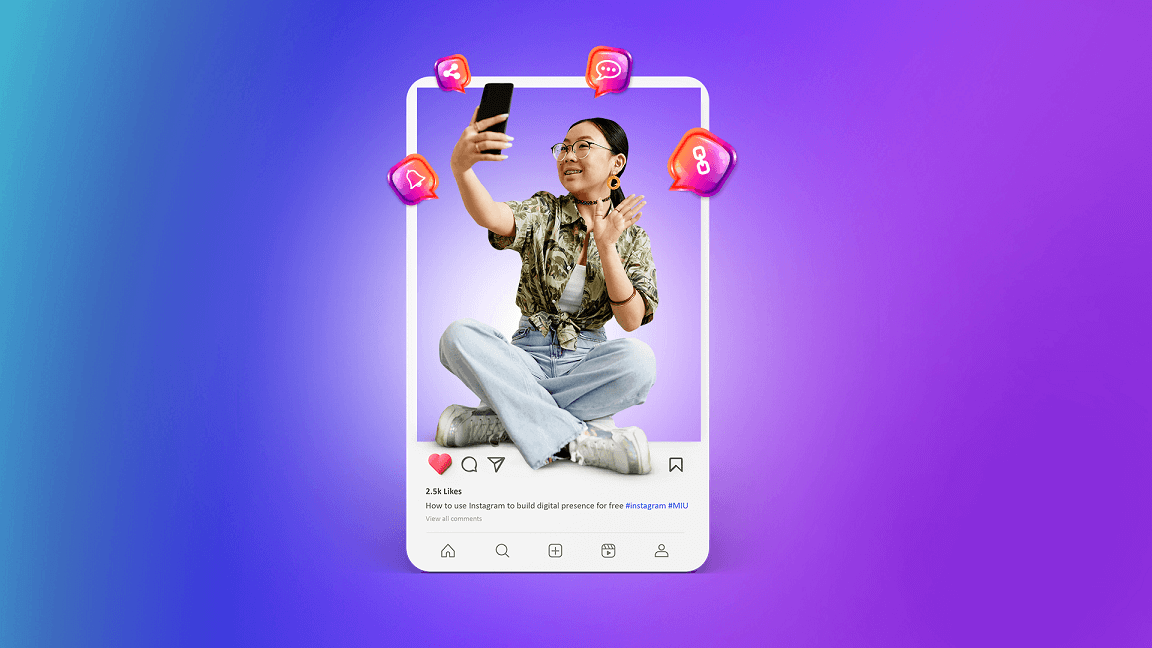

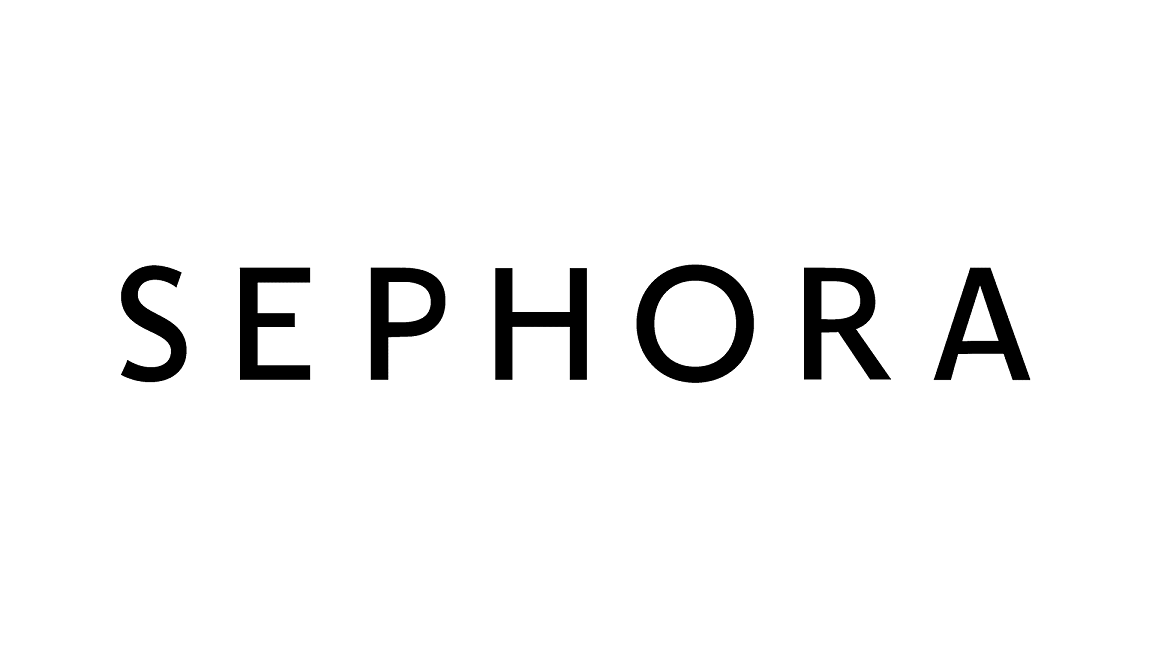
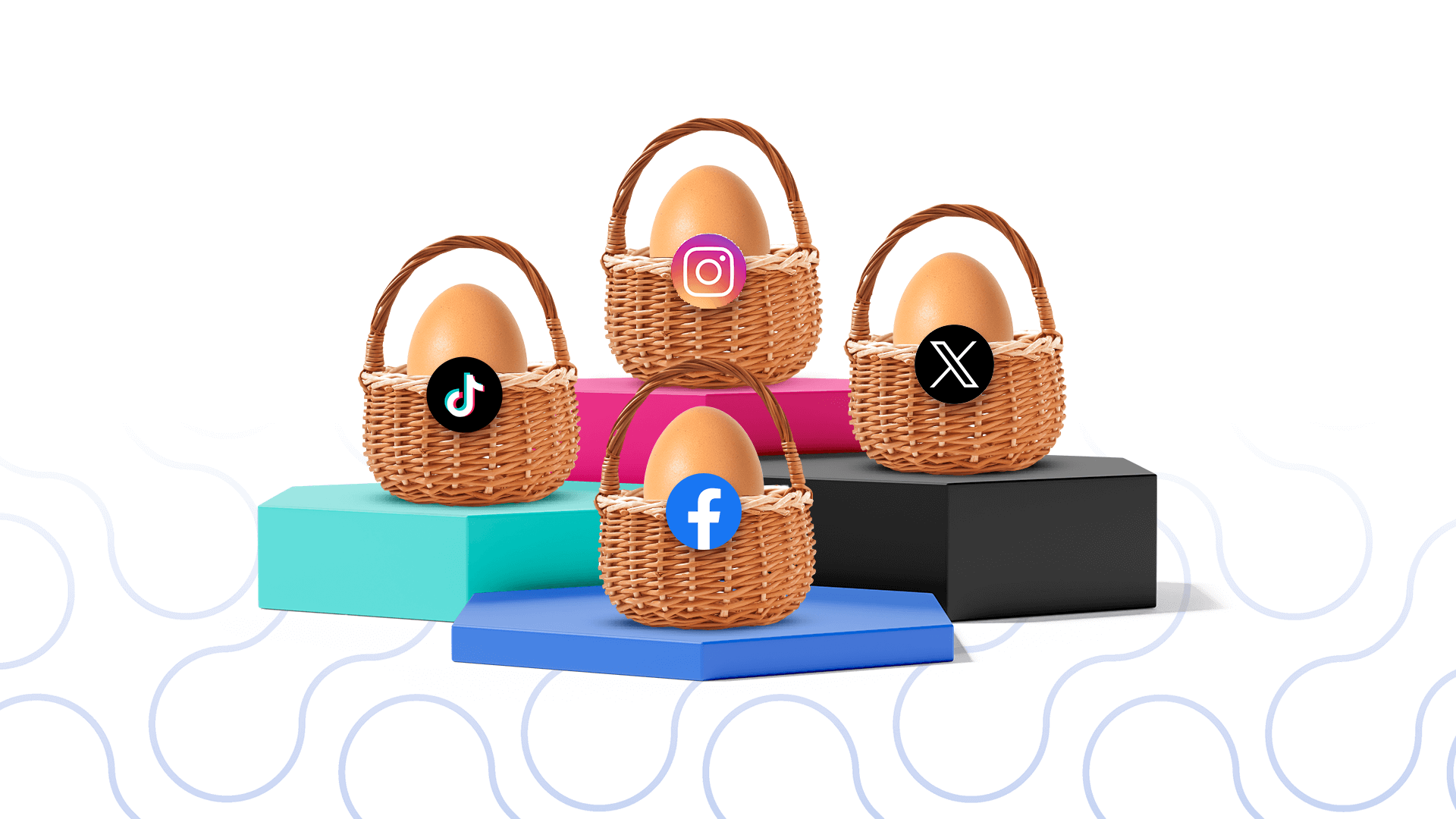
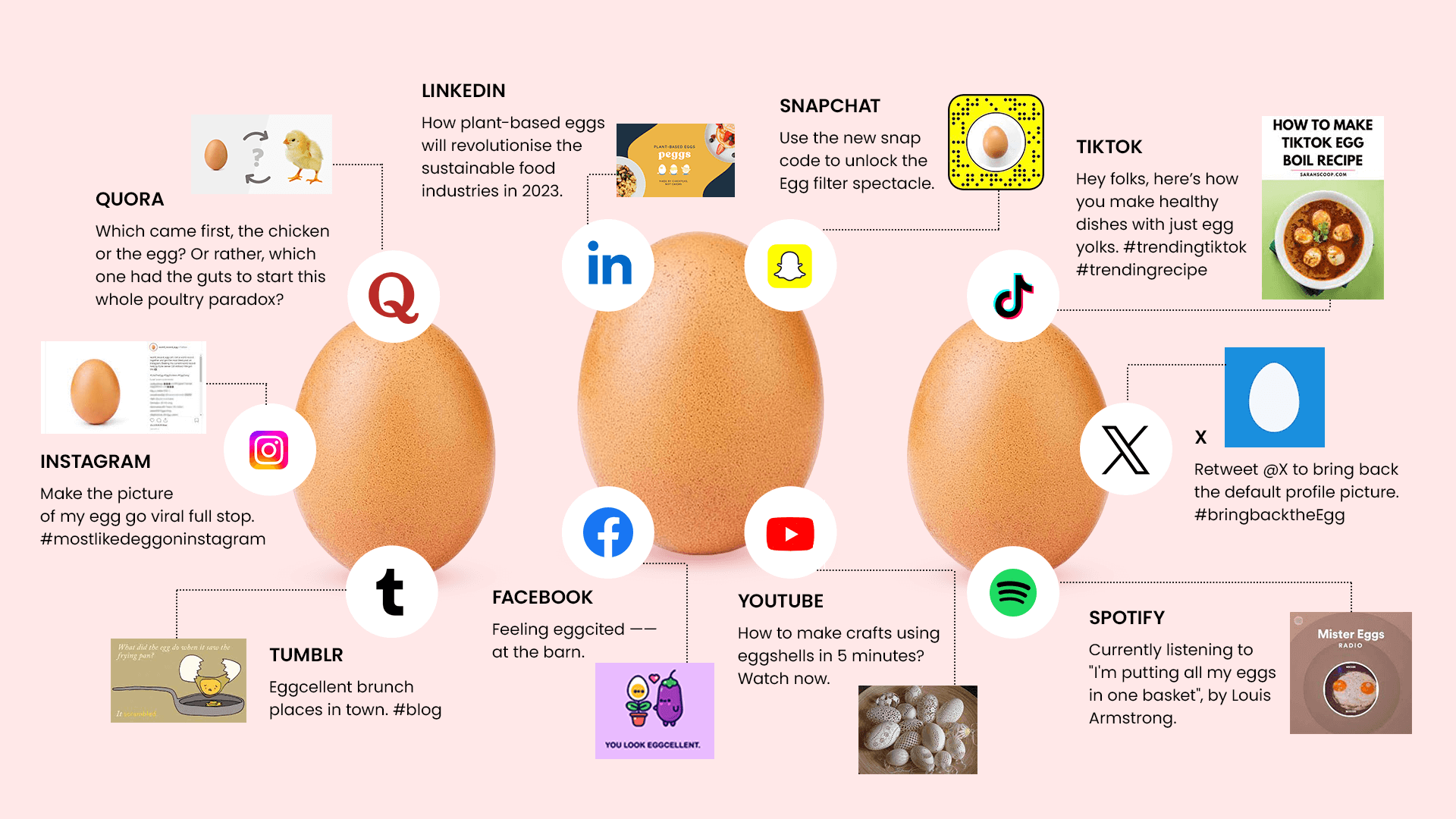
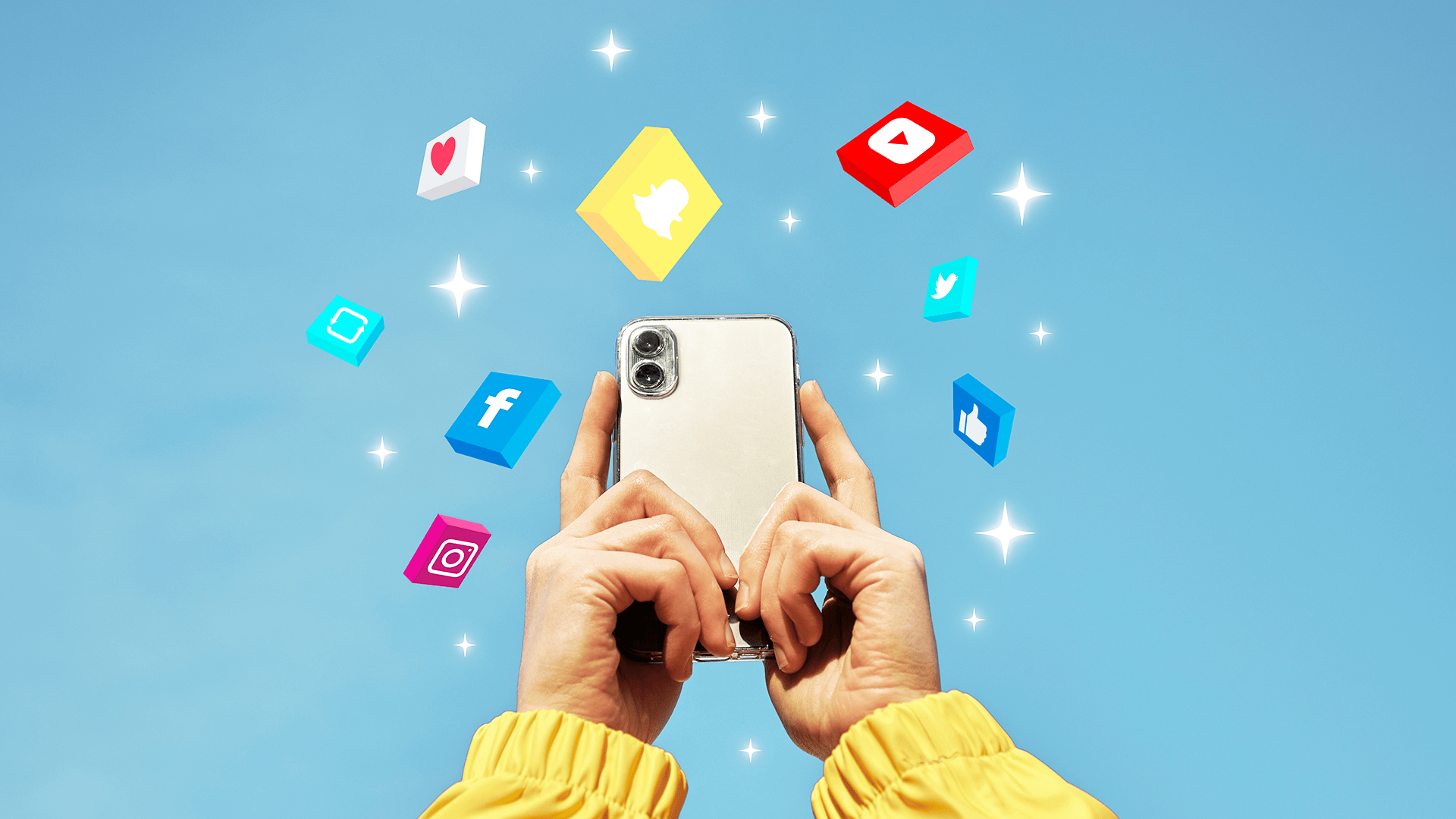






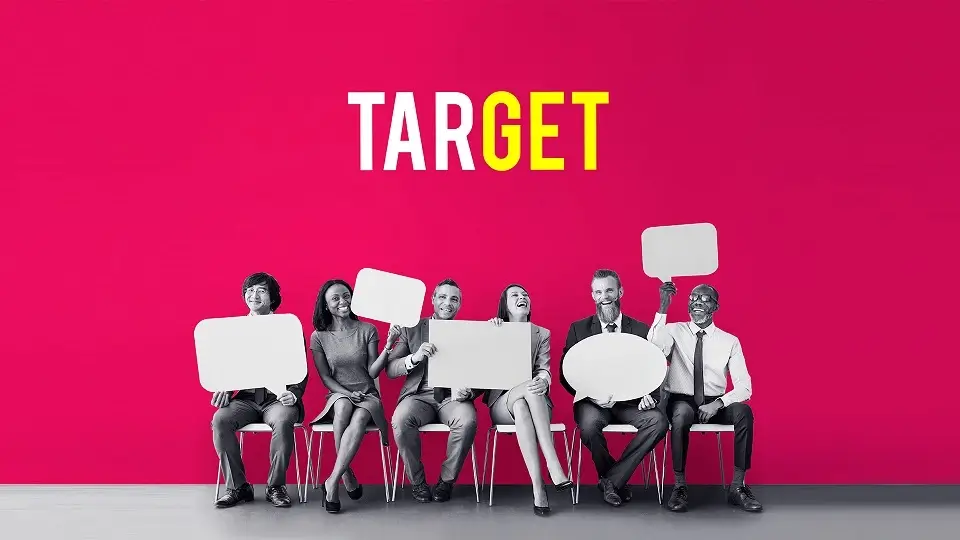


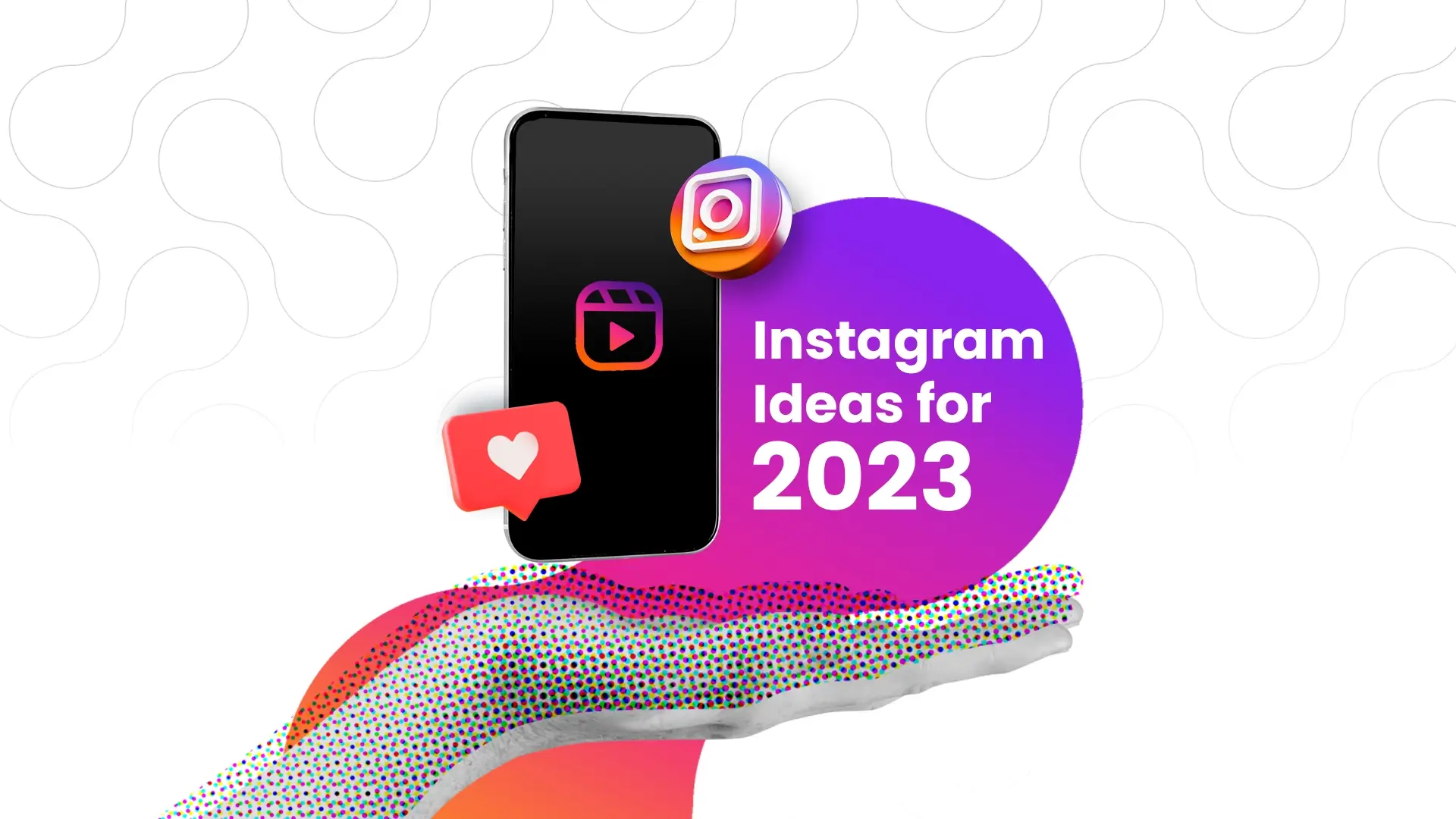
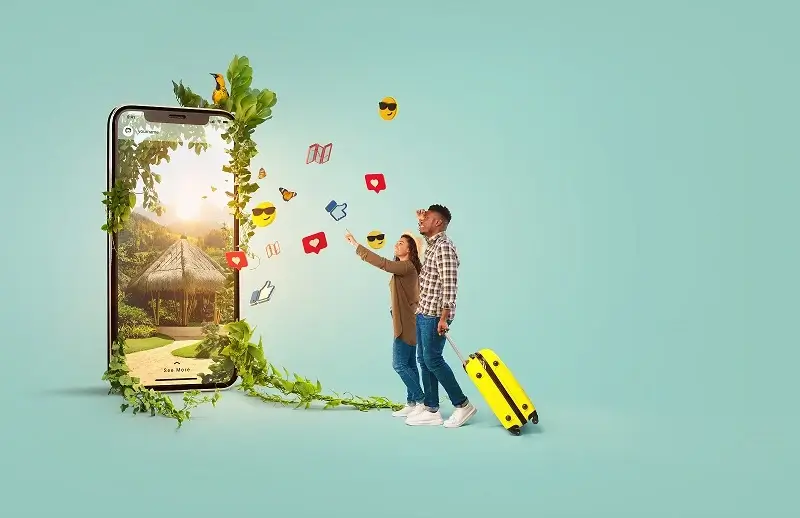

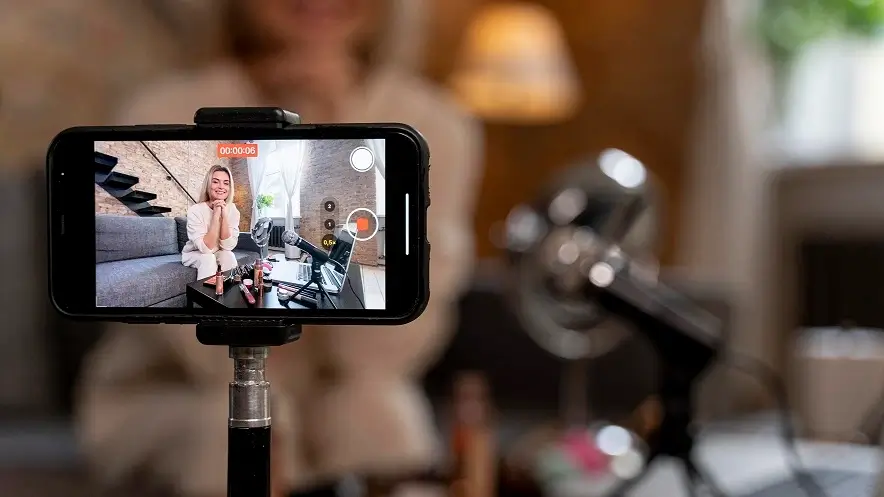
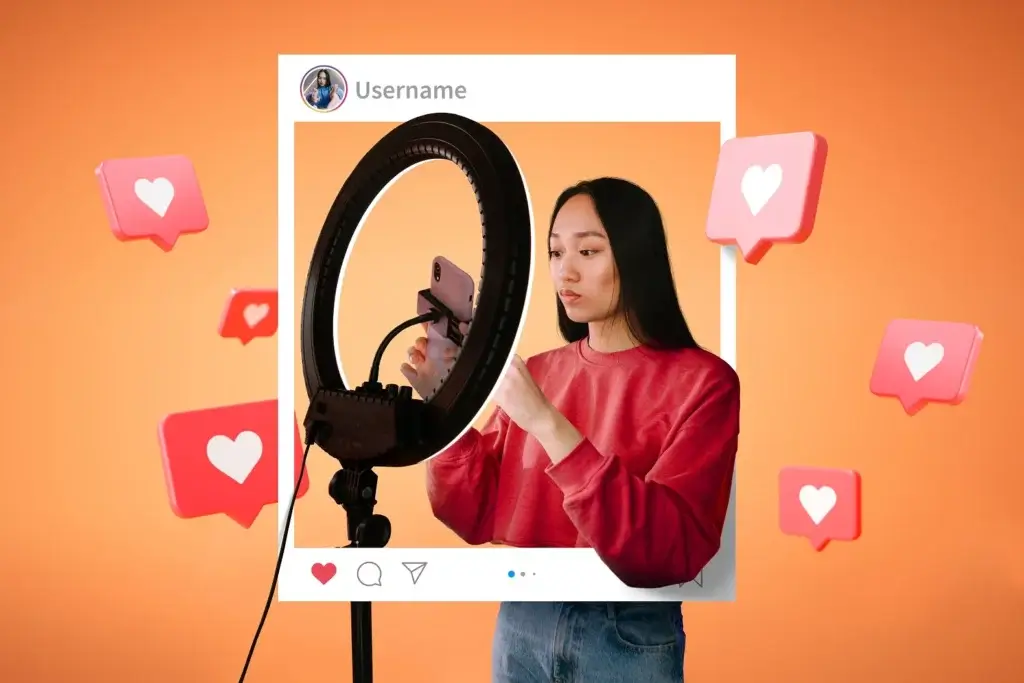
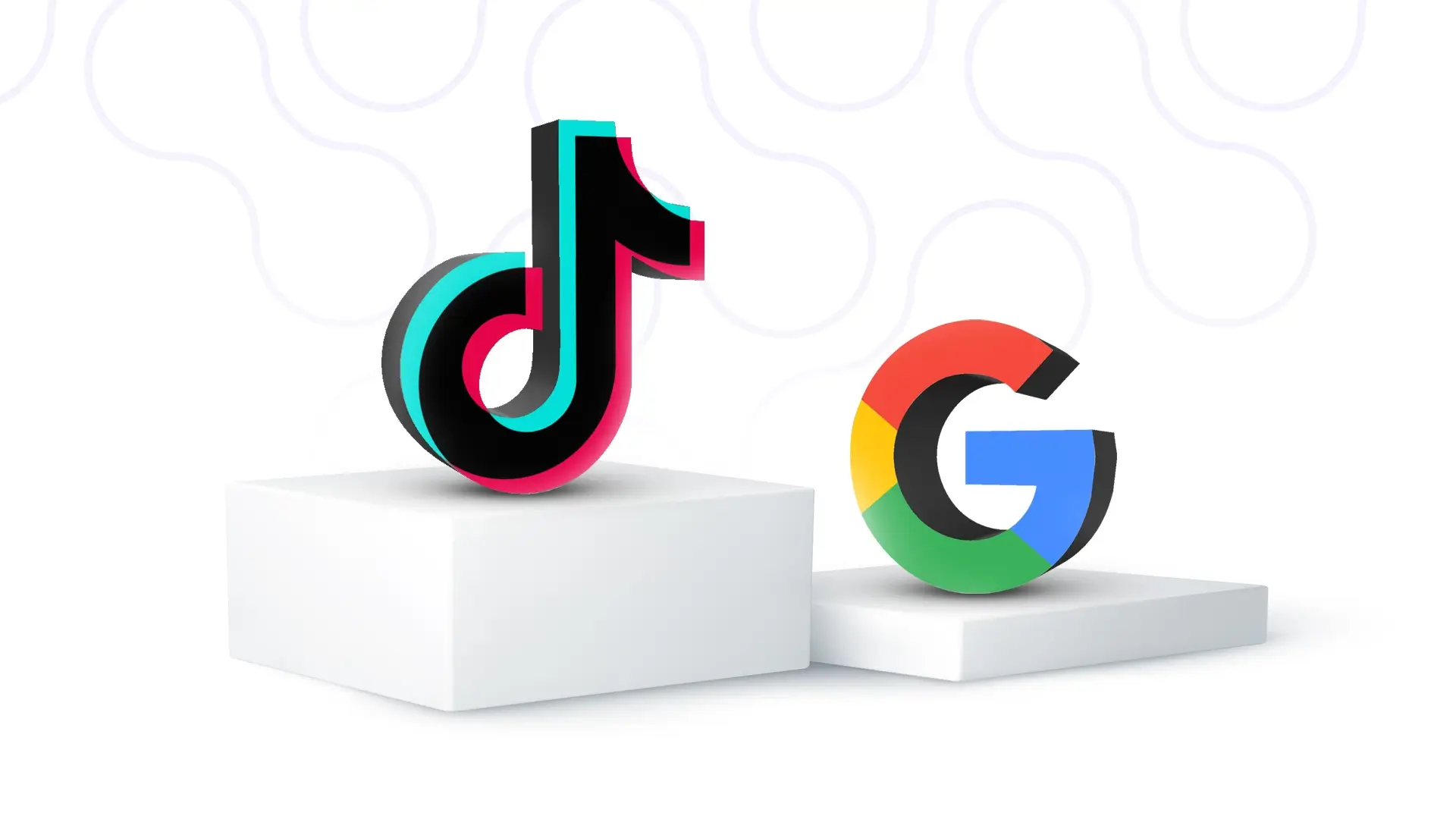

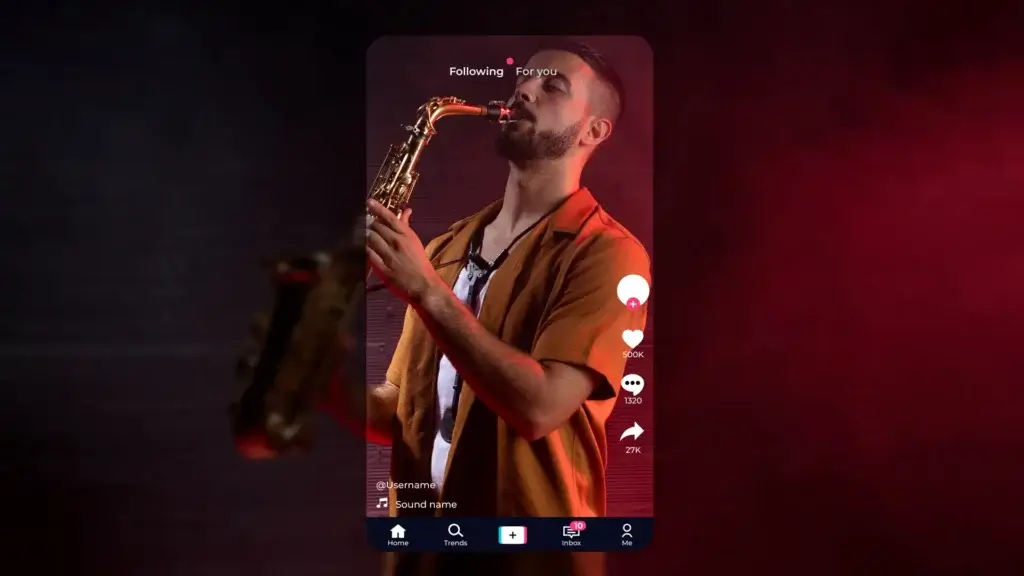

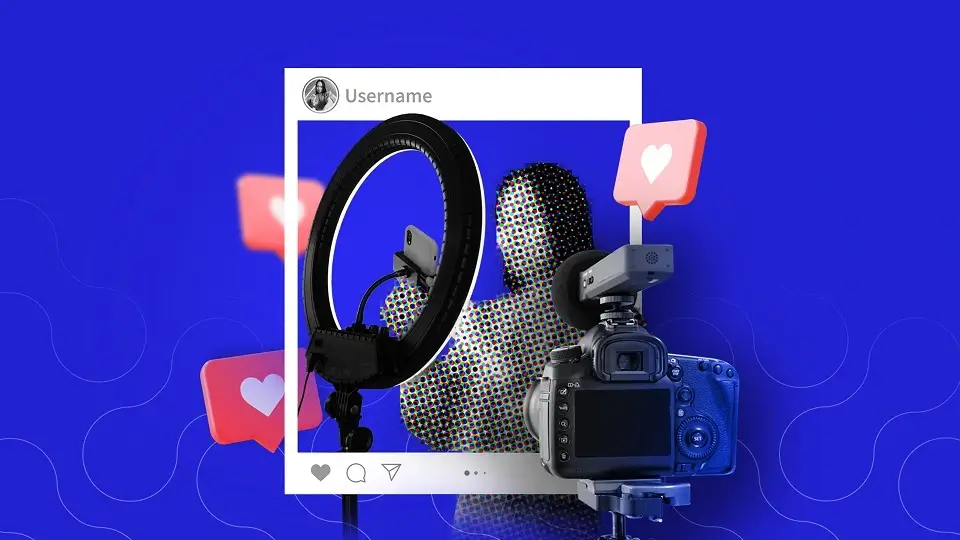
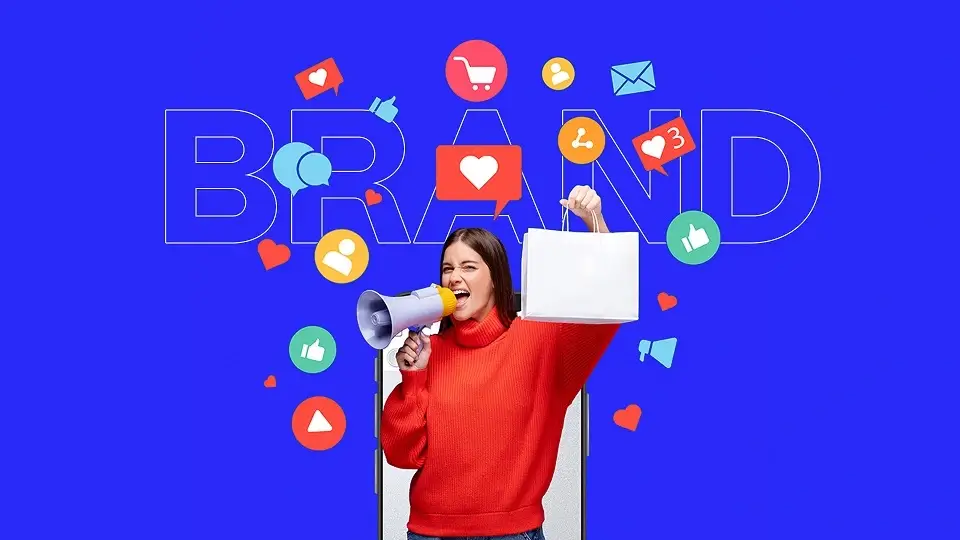


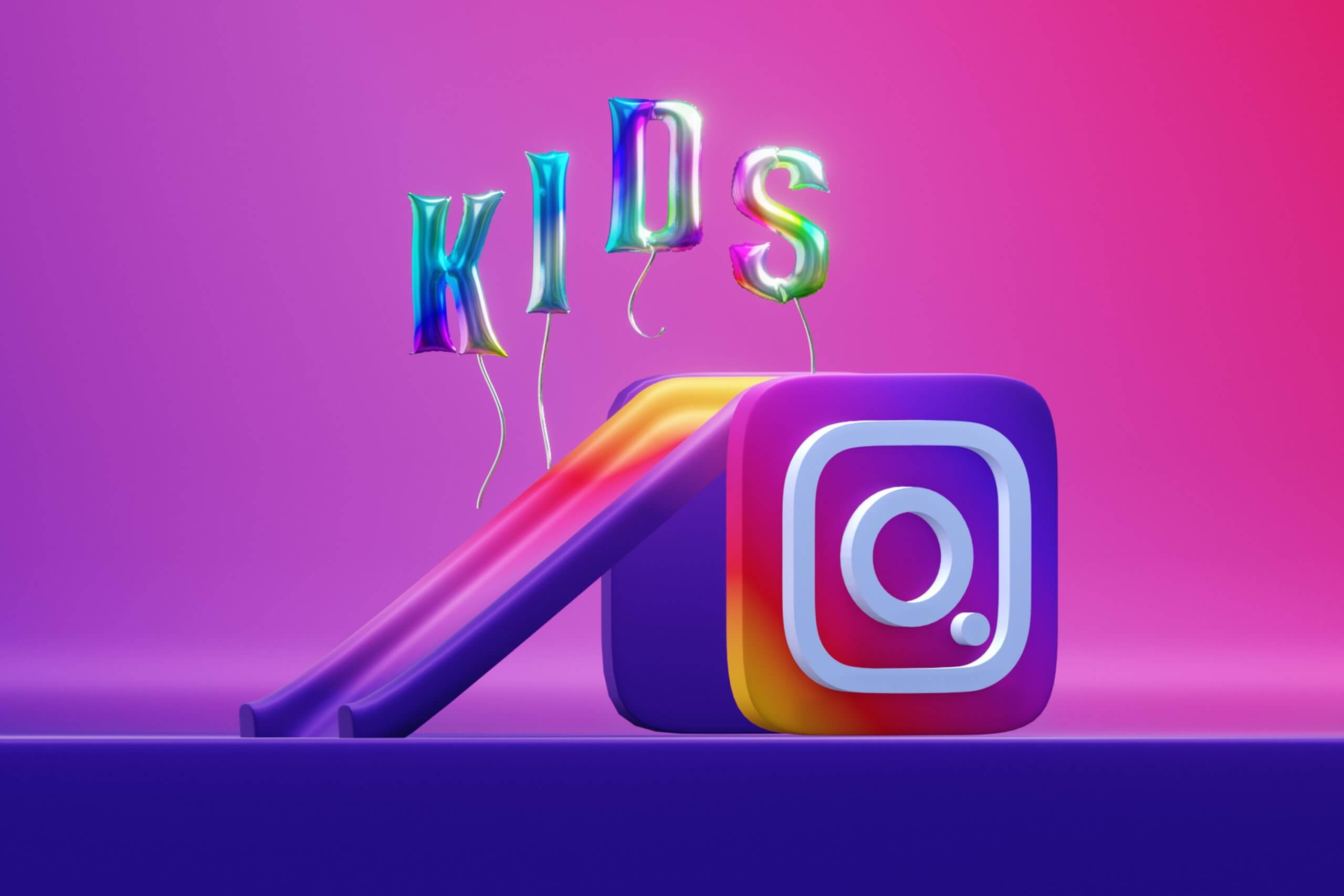
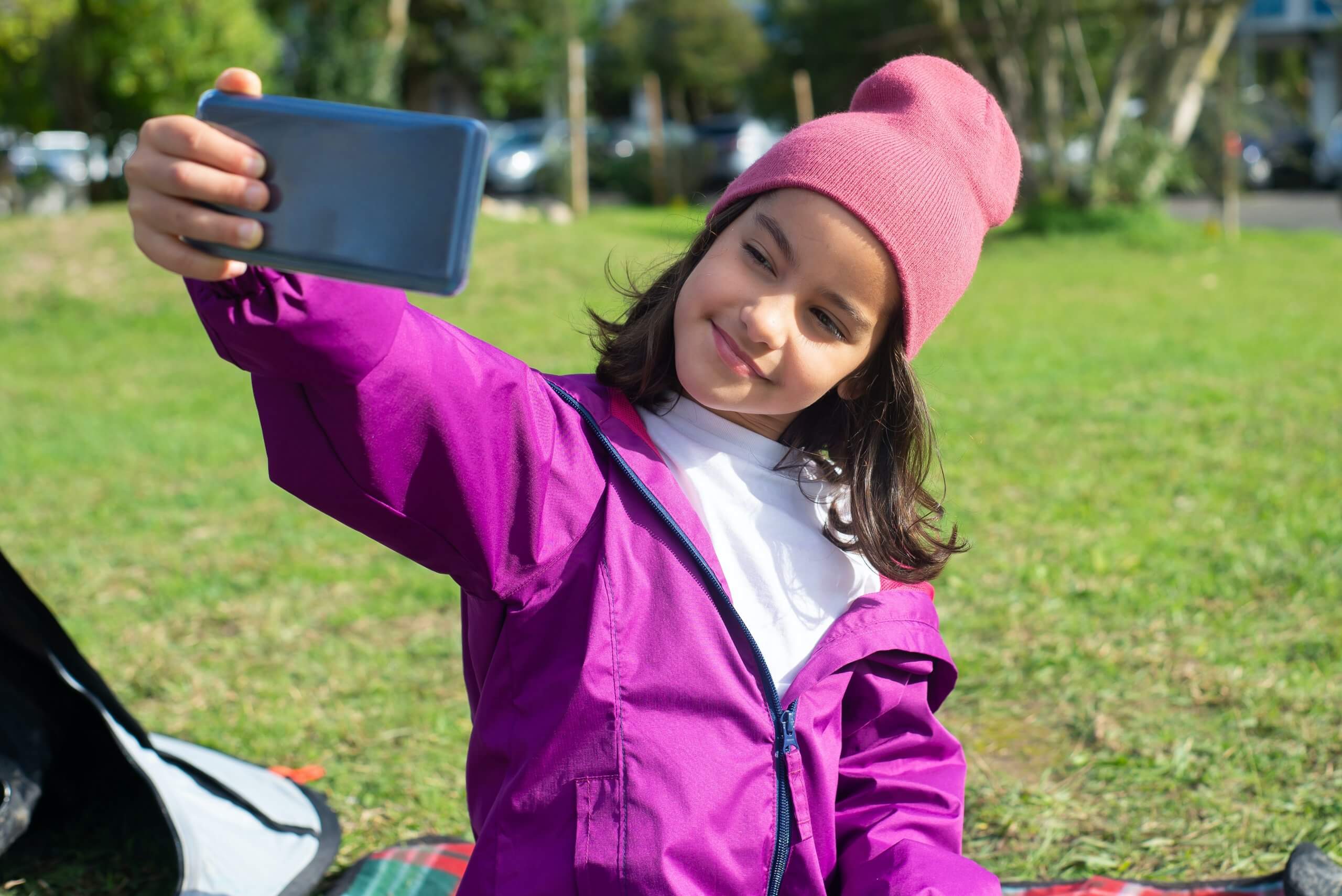

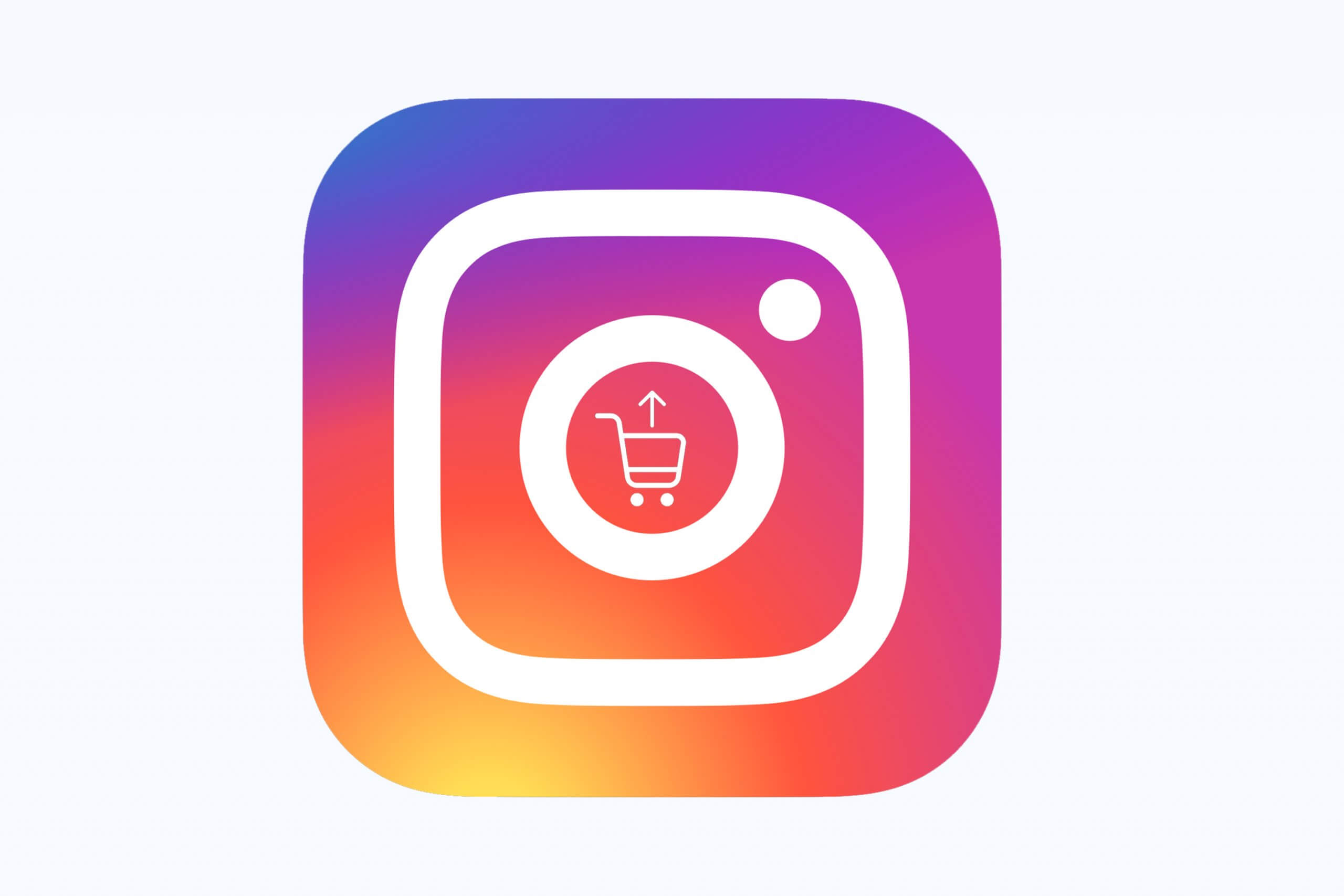








 Branding
Branding Digital Strategy
Digital Strategy PR & Communications
PR & Communications